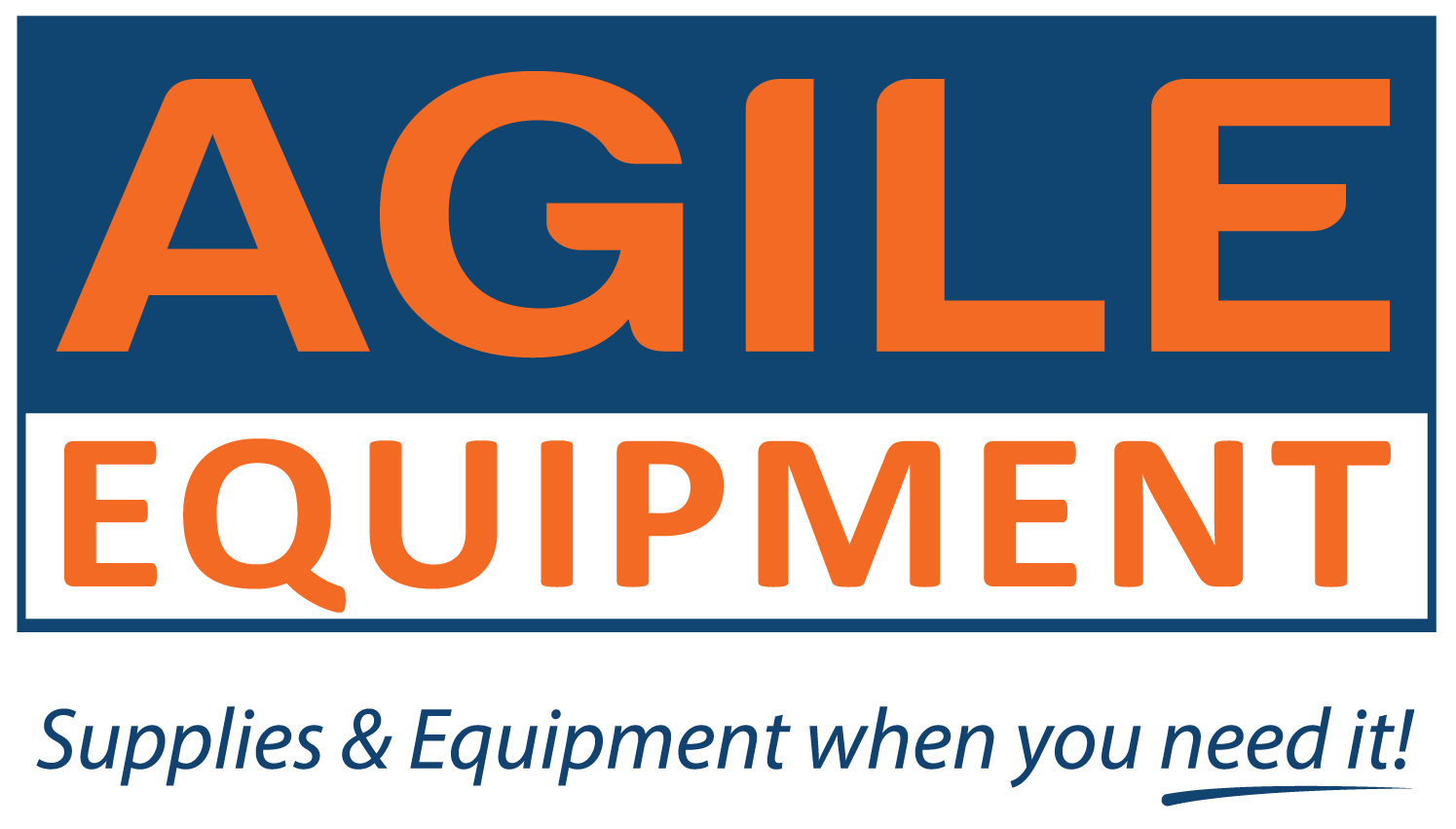Dehumidifiers are drastically different to air purifiers or air scrubbers. Air purifiers are put in place to reduce contamination in the air. The air passes through a filter media and catches contaminants and expels clean air. Dehumidifiers, on the other hand, will pass air through a condenser coil which will remove moisture from the air and expel drier air on the other side.
Why are dehumidifiers confused with air purification
This could be because dehumidifiers as a function usually have air filter media inside it to filter the air. However, these are generally lower quality media then that of an air purifier and it is specifically designed to only filter the air enough that it does not leave large particulate dust on the condenser coils. The filter is essentially designed to protect the coils and allow them to last longer by filtering out the air before it reaches the coil.
I should mention there are some dehumidifiers on the market that is an air purifier as well as a dehumidifier. If you are looking to purchase one, just make sure the filter inside is HEPA rated. We have several dehumidifiers in our dehumidifier rental fleet which has Hepa filters inside it. Please note. even though a dehumidifier has a HEPA filter inside it doesn’t mean that it is filtering the air at 0.03 microns which is what an air purifier should be capable of doing. They need to be tested and proven by a third party that the HEPA is actually HEPA rated.
Air purifiers are specifically sealed and tested around the edges to confirm there is no contaminant leaking past the media. It should also be tested to confirm its 99.97 % efficiency. Usually, the units become bulky when you add several pre-filters in front of the HEPA filter to achieve this. Dehumidifiers are already quite large and adding additional filters to the package can make it bulky and many manufacturers will not not make a unit like this.
Air Purifier Vs Dehumidifier Comparison
| Criteria | Dehumidifier | Air Purifier |
| Application | Removes moisture from the air | Uses filters such as HEPA to remove contaminants from the air |
| Benefits | Reduction of humidity indoors to reduce mould | Helps immune suppressant, asthmatics and allergy sufferers breath cleaner air inside |
| Removes | Humidity which contributes to mould growth | Allergens, dust. mites, mould spores, smoke, pet dander |
Dehumidifiers role in purifying the air
Please note, that the function of a dehumidifier is not to purify the air however it will filter some of the air through the air pre-filter as discussed above. The function of the dehumidifier is to reduce the moisture in the air. It will reduce the humidity in the air so the air does not condensate on surfaces. The water that condensates on surfaces can feed mould and produce an ideal environment for it to grow.
As you may know, mould can produce mycotoxins and mould spores, both of which can be dangerous and produce a wide range of respiratory symptoms amongst others. A dehumidifier can help avoid the growth of mould, by reducing the humidity in the first place so that the mould does not grow and produce mould spores.
If you find that mould is already growing in your property. You will most likely need an air purifier to remove the contaminants and spores in the air. Additionally, you may still need a dehumidifier to reduce the moisture so that the mould does not continue to grow.
Which is Best for your Needs? A dehumidifier or Air Purifier?
Air Purifier May Be best for
- If you are immunosuppressant or suffer from health conditions such as asthma, allergies or other respiratory issues
- The dust in the air needs to be reduces to create a healthier environment
- The pollution in the air near in your property needs to be produced
- There are odours or smells in you property from mould, pets etc.
How to test whether you need an air purifier
We also offer air quality testing hire instruments so you can test for this at your property. There are a few tests you can do to see if you need an air purifier.
The most common is using a particle tester or an air quality monitor. The EPA has released an acceptable limit for particulates PM 2.5 which is 12 μg/m. An air quality test with the correct air quality monitor can help determine this.
You can also hire a mould tester to test for mould in your home. This is where a cassette is put on top of the tester and air is drawn onto the sample media on the cassette. This is then sent to a lab for analysis. The lab report can make recommendations on whether air purification is required.
Dehumidifiers may be best for:
- You may have damp smells or mould in a room
- To help prevent dust mites (they thrive in high humidity)
- There is a mould issue in the property
How to test whether you need a dehumidifier
A dehumidifier can reduce mould as covered above. So in order to help prevent mould you should have a certain level of humidity in the property. The EPA suggests around 30% to 50%. You can test for this with a simple hygrometer which are inexpensive to purchase.
Conclusion
As you can see they both have different functions – dehumidifiers reduce the moisture in the air to help prevent mould growth. The air purifiers function is to remove existing contaminants in the air. Which item you will use depends on the use case. Mould issues would probably need both whereas an air pollution, pet dander, dust, smoke will only need an air purifier.
Need More Help
AGILE Equipment Hire offer dehumidifier hire and air purifier and air scrubber hire in Brisbane, Sydney And Melbourne. Please call us if you have any questions relating to this service.

